Fertilizer on herbs?
annewaldron
18 years ago
Featured Answer
Comments (10)
andy_e
18 years agolast modified: 9 years agoannewaldron
18 years agolast modified: 9 years agoRelated Professionals
Harvey Landscape Contractors · Sun City Center Landscape Contractors · West Orange Landscape Contractors · Glen Avon Solar Energy Systems · Compton Solar Energy Systems · Shelton Solar Energy Systems · Payson Solar Energy Systems · Jacksonville Window Contractors · Greatwood Window Contractors · River Forest Window Contractors · Woodland Hills Window Contractors · Laguna Beach Fence Contractors · Rome Fence Contractors · Saint Louis Park Fence Contractors · San Pedro Fence Contractorsannewaldron
18 years agolast modified: 9 years agotapla (mid-Michigan, USDA z5b-6a)
18 years agolast modified: 9 years agotapla (mid-Michigan, USDA z5b-6a)
18 years agolast modified: 9 years agousername_5
18 years agolast modified: 9 years agotapla (mid-Michigan, USDA z5b-6a)
18 years agolast modified: 9 years agoannewaldron
18 years agolast modified: 9 years agojdwhitaker
18 years agolast modified: 9 years ago
Related Stories
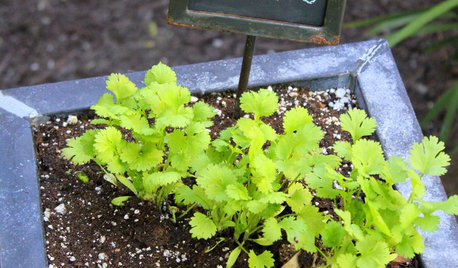
GARDENING GUIDESHerb Garden Essentials: Versatile Cilantro Adds Flavor to Herb Gardens
Love it or hate it, this cool-season herb contributes its unique flavor to any number or the world’s cuisines
Full Story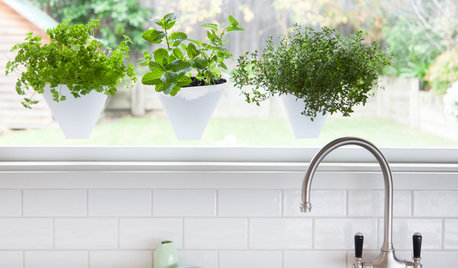
HERBSHow to Grow Herbs Indoors
Have a sunny window? Enjoy the flavor of fresh herbs year-round by growing them in the house
Full Story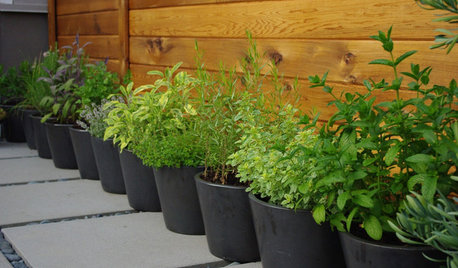
GARDENING GUIDES4 Herb Container Gardens for Fabulous Global Cuisine
Tingle your taste buds with the unbeatable taste of fresh herbs in your Italian, Asian, Mexican or French fare
Full Story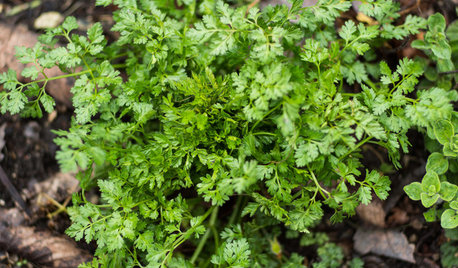
EDIBLE GARDENSHerb Garden Essentials: Discover Delicate Chervil
Go beyond the tried-and-true edible herbs and try this nonconformist that's surprisingly easy to grow
Full Story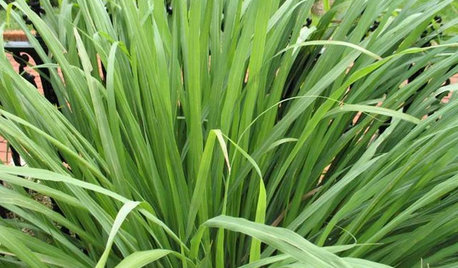
HERBSHerb Garden Essentials: Grow Your Own Zesty Lemongrass
Add lemony goodness to cooking and tropical flavor to your yard with this grass-like herb native to Southeast Asia
Full Story
SUMMER GARDENINGHow to Grow Basil
Bright color, quick growth and endless uses for cooking make this summer annual a winner in the garden or a pot
Full Story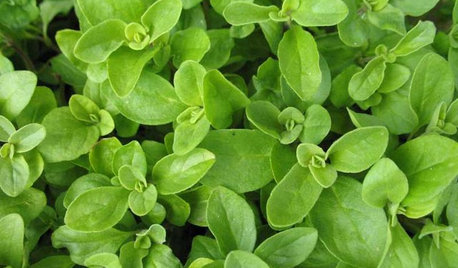
EDIBLE GARDENSHerb Garden Essentials: Grow Your Own Oregano and Marjoram
Say 'buon giorno' to classic Italian herbs you can grow just as easily in pots as in the summer garden
Full Story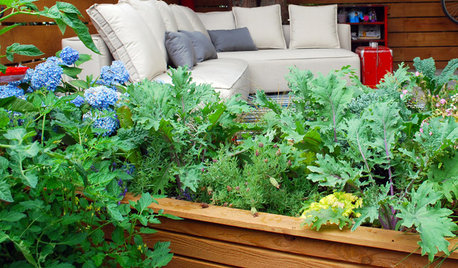
GARDENING GUIDESStep Right Outside for Fresh Herbs and Vegetables
Decks and patios can be convenient spots for edibles, and sometimes they even offer advantages over backyard gardens
Full Story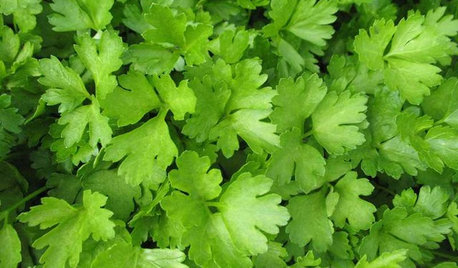
EDIBLE GARDENSHerb Garden Essentials: Grow Your Own Parsley
Mere garnish no more, parsley comes in flavorful and interesting varieties to decorate the garden and jazz up your cooking
Full Story0
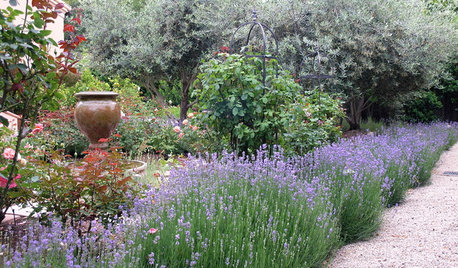
FLOWERSHerb Garden Essentials: Grow Your Own Fragrant Lavender
This do-it-all plant is ideal for almost any garden, and its uses are abundant around the home
Full StoryMore Discussions







katwomn59